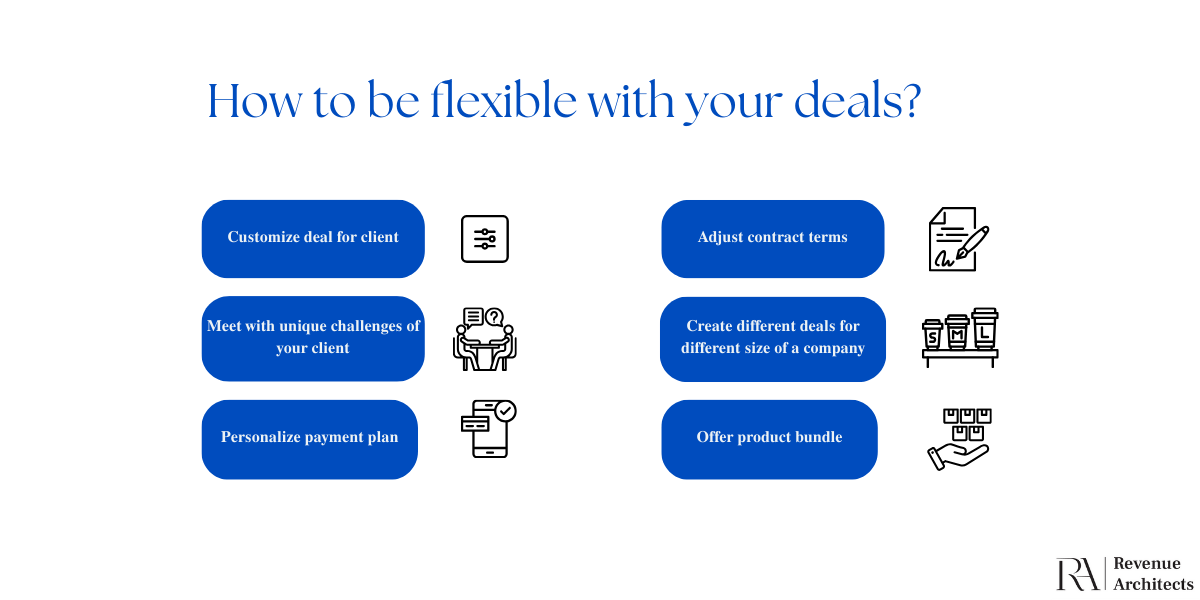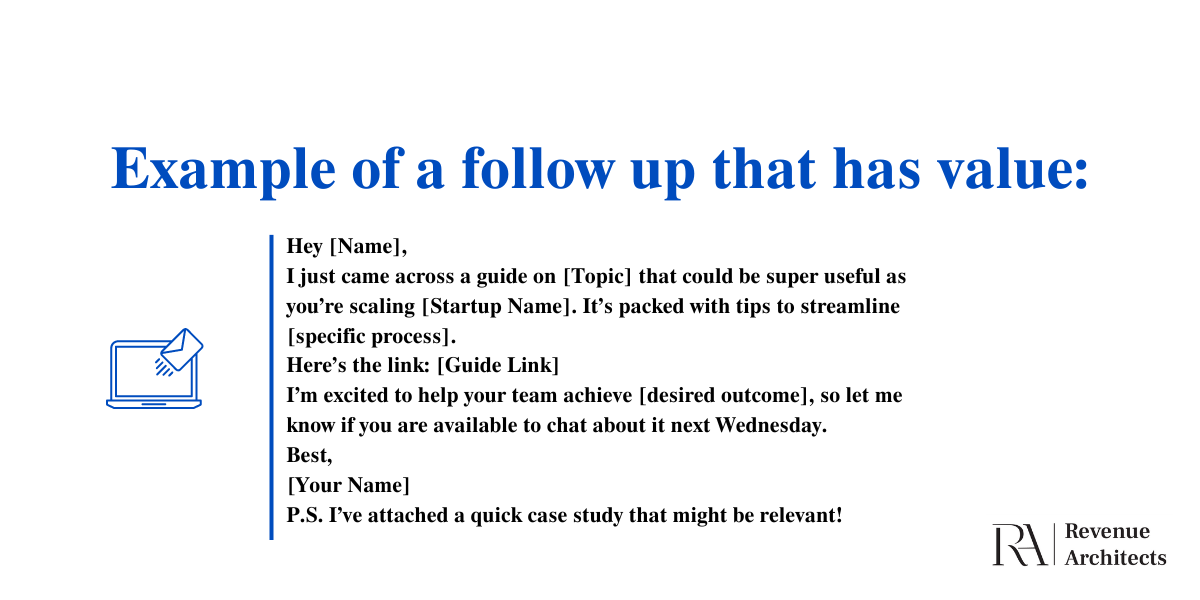Marketing and sales content influence 95% of business-to-business (B2B) buyer decisions. This staggering statistic underscores just how much your sales process influences decision-making. The question then becomes: How do you ensure your sales process is continually improving? What should you do?
This article will guide you through critical strategies for refining and optimizing your sales process to stay ahead of the competition, close more deals, and, ultimately, grow your business. You’ll find what you need to create a dynamic, data-driven sales machine, from leveraging the latest technology to honing your team’s performance metrics.
Invest in Technology
To build a solid, scalable sales process, you must first lay the foundation by investing in technology. Gone are the days when gut instinct alone was enough to close deals. Today’s sales landscape demands real-time data, automated workflows, and cutting-edge tools that streamline the sales pipeline.
Adopting a robust Customer Relationship Management (CRM) system is one of the most significant leaps you can make. CRMs help you organize customer data, track interactions, and analyze sales performance. Automation features within CRMs allow your team to focus less on repetitive tasks and more on closing deals. However, it’s important to note that implementing new technology can come with its own set of challenges, such as training your team and ensuring smooth integration with existing systems. Furthermore, with AI and machine learning integration, some CRM platforms can offer predictive analytics, helping sales teams anticipate customer needs and behaviors before expressing them.

Beyond a CRM, consider tools that automate email campaigns, sales outreach, and lead scoring. These tools improve efficiency and ensure that no opportunity slips through the cracks. AI-driven solutions, such as chatbots or automated follow-up systems, can engage prospects quickly, providing them with the information they need while lightening the workload for your sales team. Make sure you use personalization so that you don’t sound like a robot and lose sales.
Stay Flexible with Your Deals
The one-size-fits-all approach to sales deals is no longer practical. Modern buyers expect customization and successful sales teams understand the need to tailor their offers to each client’s individual needs.
Flexibility doesn’t mean abandoning your pricing model or margins—it’s about understanding your customers’ unique challenges and opportunities and adjusting accordingly. This could mean creating personalized payment plans, offering product bundles, or even adjusting contract terms based on the customer’s growth projections. However, it’s important to balance this flexibility with the need to maintain profitability.
Offering too many discounts or being too lenient with payment terms can erode your margins and devalue your product or service.
Sales teams need to listen carefully during discovery calls and throughout the negotiation process. What are the customers’ pain points? What can you offer that meets their exact needs? By focusing on personalized solutions, you build trust and show that you’re more than just a vendor—a partner invested in their success.

Add Value with Every Follow-Up
The follow-up is arguably one of the most overlooked aspects of the sales process. Too often, follow-ups are generic, unhelpful, or worse, overly aggressive. Yet, if done correctly, follow-ups can be a powerful tool for adding value and moving prospects further down the sales funnel.
According to research, if you follow up with an online lead within 5 minutes of their inquiry, they’re nine times more likely to engage with you. The speed of your response matters, but the content of your follow-up is just as important. Instead of sending out generic emails or making repetitive calls, use follow-ups to provide something valuable—whether answering a question, offering relevant content, or addressing a specific pain point the prospect has mentioned.

For example, instead of simply asking, “Do you have any questions?” you could say, “I’ve noticed that many of our clients in your industry are struggling with [specific issue], and I thought this case study might be helpful to you.” This approach demonstrates that you’re not just trying to close a sale; you’re working to understand and solve their problems. Another way to personalize follow-ups is by offering a solution to a specific pain point the prospect has mentioned or by sharing a success story from a similar client to inspire confidence in your product or service.
Mix Your Sales Methodologies
Rigid adherence to one sales methodology can limit your team’s effectiveness, so you should use many different ones in your sales playbook. Different clients, industries, and deal sizes often require varied approaches. Therefore, it’s essential to mix methodologies depending on the situation.
A consultative selling approach may work well when selling a complex, high-ticket item, where understanding the client’s specific business problems is crucial. Alternatively, SPIN Selling—which focuses on Situation, Problem, Implication, and Need-Payoff—can be ideal when prospects are unclear about the gravity of their challenges and need help understanding how your product can provide a solution.
For scenarios where buyers may be reluctant or skeptical, the Challenger Sale model—where reps teach prospects new ways to think about their business—can push potential clients to see opportunities they hadn’t considered before. Mixing elements of these methodologies keeps your sales team flexible and ready to adapt to different buyers, personalities, and decision-making processes.
Training your sales team to identify which methodology fits each scenario and allow them to pivot accordingly is critical. This versatility will enable your team to respond to every buyer in a personalized and targeted way rather than forcing them into a rigid, pre-designed script.
Measure Sales Rep Performance
As the adage goes, “What gets measured gets managed.” You must track and measure the right metrics to continually improve your sales process. Analyzing Key Performance Indicators (KPIs) helps you understand where your sales team excels and where there’s room for improvement.
Start by evaluating conversion rates at each stage of the sales funnel—this helps identify bottlenecks that slow down progress. If leads frequently stall in the negotiation phase, for instance, it may suggest the need for better training in objection handling or improved pricing flexibility.
Tracking the length of the sales cycle is another essential metric. A shorter cycle generally indicates an efficient process, but overly rushed cycles could result in missed opportunities to upsell or cross-sell. Conversely, longer cycles may point to ineffective communication or unnecessary hurdles that can be streamlined.
Finally, consider individual rep performance. By benchmarking their close rates, average deal size, and pipeline management skills, you can provide tailored coaching to each team member. Recognize top performers, learn from their methods, and replicate their success across the team.
Collect Customer Data
If you aren’t collecting and analyzing customer data, you’re flying blind in your sales process. Every interaction with a prospect or customer presents an opportunity to gather insights to inform your approach. Whether it’s data on customer behavior, preferences, or purchase history, the more information you have, the more you can tailor your process to meet their needs.
Customer data helps you identify patterns that might take time to be noticeable. For instance, you may discover that specific customer segments prefer email over phone calls or that particular industries favor long-term contracts.
These insights enable you to refine your approach, optimize your outreach, and adjust your offerings to align with customer expectations. Moreover, gathering post-sale feedback can provide valuable insights into how to improve your process. Was there a specific feature or benefit that helped seal the deal? Was there a moment in the sales cycle where the customer hesitated? Use this data to tweak your process and address any recurring issues continuously.
Stay Adaptable and Agile
The most important takeaway when it comes to improving your sales process is the need for adaptability. The market changes, buyer expectations evolve, and new competitors emerge. A rigid sales process that doesn’t adapt to these changes will fail in the long term.
The best sales teams constantly refine their approach, experiment with new strategies, and learn from both successes and failures. Hold regular sales meetings to discuss what’s working and what isn’t. Create a culture of learning and improvement where your reps feel encouraged to try new tactics and share their insights with the rest of the team.
This adaptability extends to your sales training as well. Regularly update training materials to reflect the latest trends, tools, and customer expectations. The better prepared your sales team is to navigate the ever-changing landscape, the more successful they’ll be in closing deals and building lasting relationships.
Ready to Improve Your Sales?
Improving your sales process doesn’t have to be complicated. From using the right tech and staying flexible with your deals to blending different sales methods and making data-driven decisions, each step helps you close more deals and grow your business.
By focusing on these strategies, you’ll help your team perform better and show your clients that you’re there to help them succeed.
At Revenue Architects, we’ve worked with businesses in tech, finance, and industrial fields, helping them ramp up their sales processes and see real results. If you’re ready to level up your sales game, we’d love to help!
Let’s discuss how we can support your team and boost your sales. Contact us today to set up a call!

